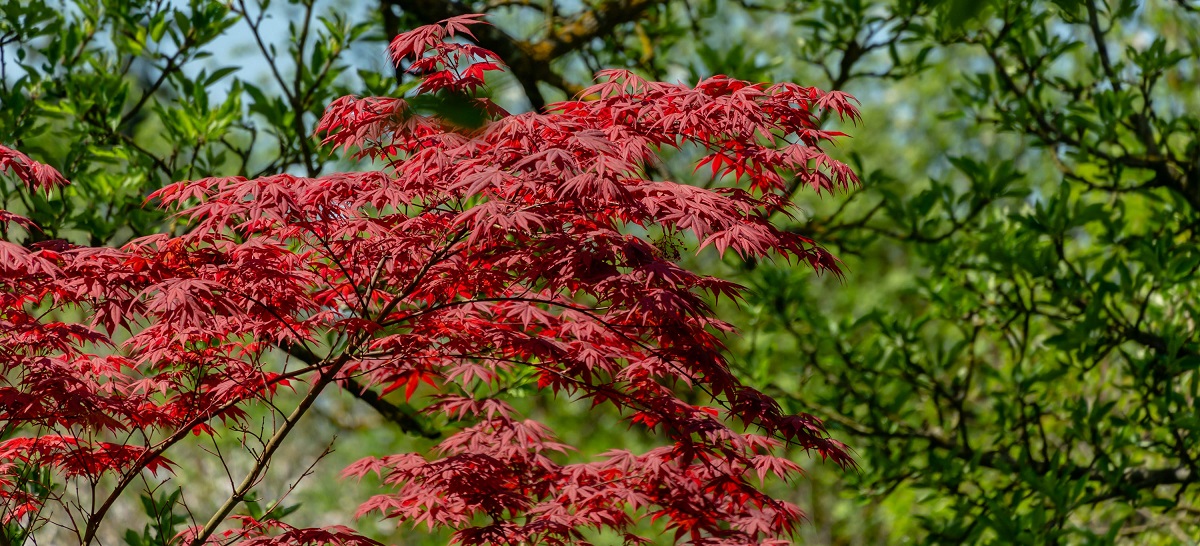Designers at major garden shows usually include trees in their planting scheme. So take inspiration from the experts and style your garden with some of the most popular trees and shrubs to make it a real showstopper. We find out which trees are best to plant in your garden.
Which trees to plant in your garden
Here are 5 of the favourites that were used in various show gardens at 2019 Chelsea Flower Show…
1. Betula (birch)
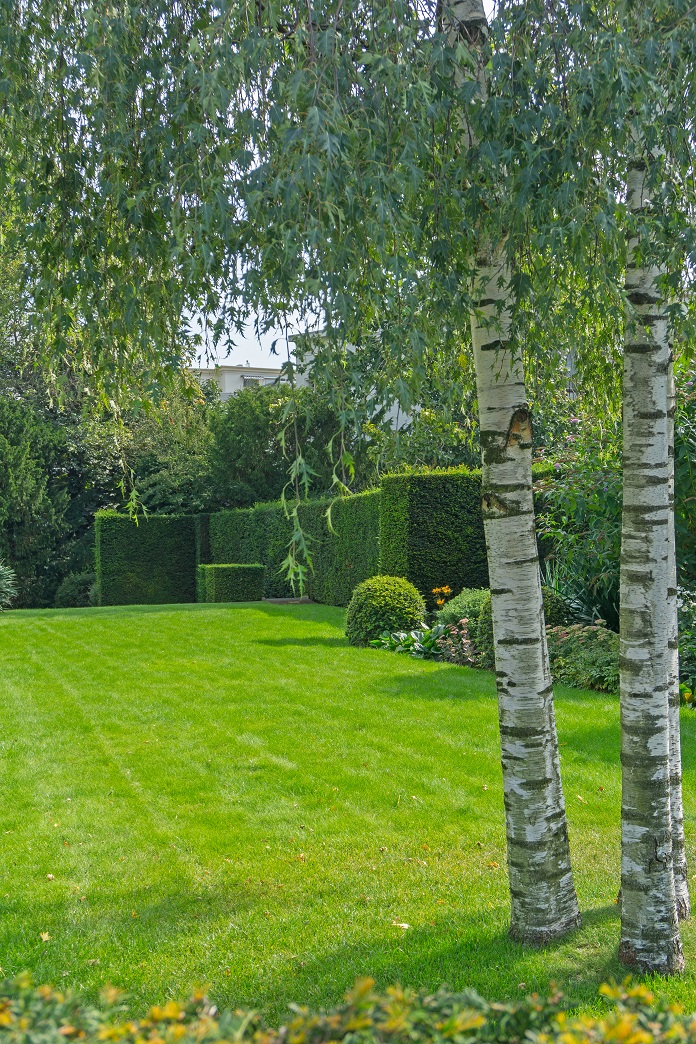
The silver birch (Betula pendula) is a complete showstopper with its striking white bark and diamond-shaped leaves which turn butter-yellow in autumn.
It featured in five show gardens at Chelsea in 2019, and could well be a winner with amateur gardeners too as it grows in most soils. However, it is sensitive to salt spray so it won’t thrive in coastal gardens.
They are the ultimate tree for winter because of their bark in shades of white, salmon, tan and cream. They’re also suited to gardens of different sizes as they have a light canopy and often a narrow spread, and look wonderful underplanted with winter-flowering heather or with bronze-leaved carex. If you have a damp area in the garden, go for B. nigra, which has pinkish orange bark and soft green leaves.
2. Mespilus germanica (medlar)
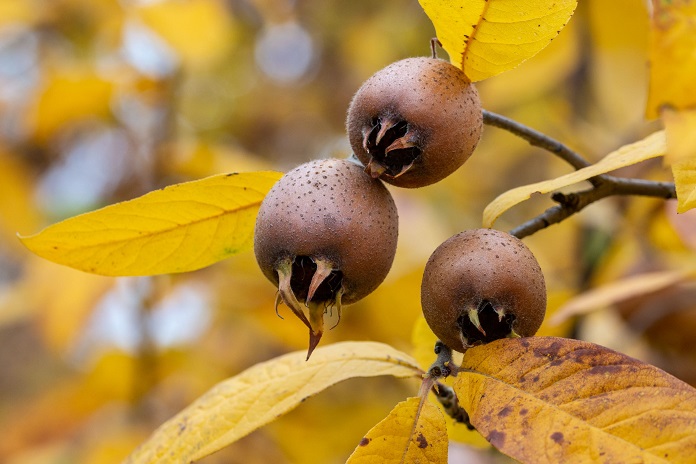
Anyone who is interested in heritage may have a go at growing the medlar, which has been cultivated in our gardens for centuries.
Featured in several gardens at Chelsea, it has an unusual umbrella shape with long leaves and produces small white leaves in early summer followed by plum-sized fruits in winter. They look like outsize brown rose hips, and need a frost to soften them up.
It grows to 6x8m, likes a damp situation in a sunny spot and there’s a bonus in autumn when the leaves turn to beautiful shades of russet and gold.
3. Crataegus (hawthorn)
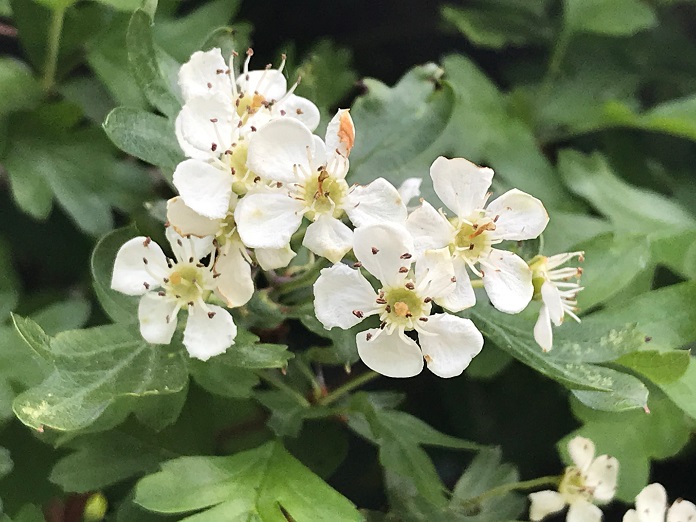
It may be thorny but the hawthorn is also beautiful and wildlife-friendly with its nectar-rich flowers and nutritious autumn haws.
Often used as hedging – it’s a great burglar-deterrent thanks to its vicious, spiky thorns – it will also thrive in the most inhospitable conditions and provides valuable shelter and food for wildlife.
A cloud of white blossom appears in May and looks good underplanted with cow parsley for a naturalistic look, or studded with vibrant blue camassias. Hawthorn also acts as a perfect backdrop to late-season sizzlers such as dahlias, which clash beautifully with its scarlet autumn berries.
4. Acer palmatum (Japanese maple)
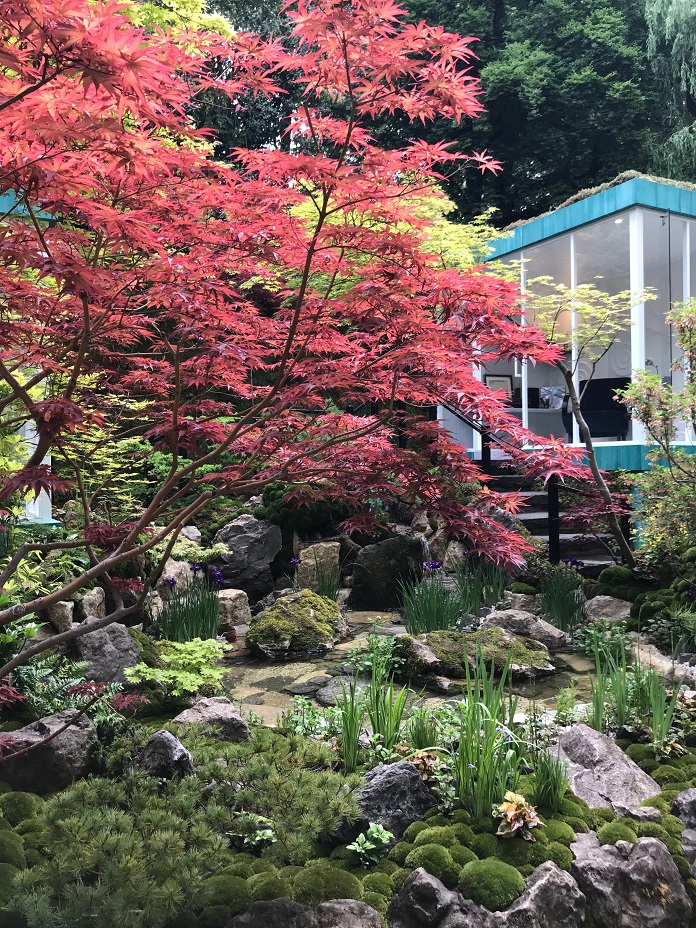
These gorgeous trees are so adaptable to our gardens, whether in a pot or in the ground. They have a graceful habit with striking foliage which varies from yellow to burgundy, as well as vivid autumn colour.
Acers are also easy to grow in pots. If you have a small garden, you can make a stand-alone feature of a striking variety such as Acer palmatum var. dissectum, a dome-shaped bush of finely cut mid-green leaves which turn gold in autumn and look fabulous in pots.
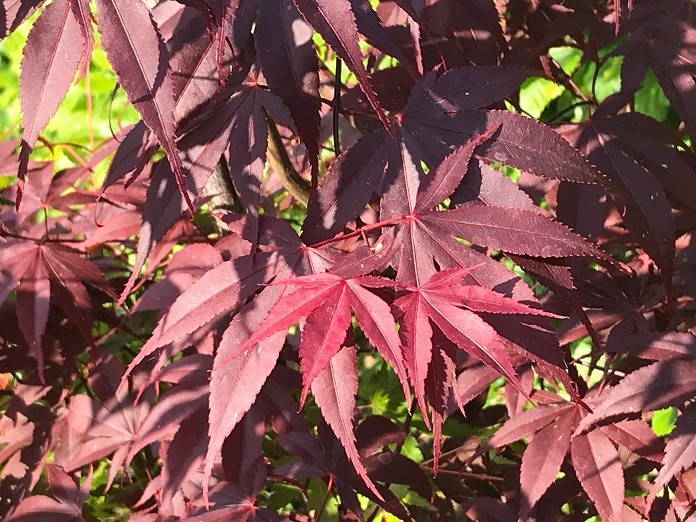
Other striking varieties include A. palmatum ‘Bloodgood’, which is quite vigorous. It grows to around 4.5m height and spread, with deep purple leaves that turn blood red in autumn.
Acers are best planted in full sun or dappled shade. If you’re planting them in a pot, use a compost consisting of equal parts John Innes No. 2 compost (Amazon) and a soilless multipurpose compost (Amazon), putting plenty of drainage material in the base of the container. You’ll be able to control growth better in a container.
5. Sambucus nigra f. porphyrophylla
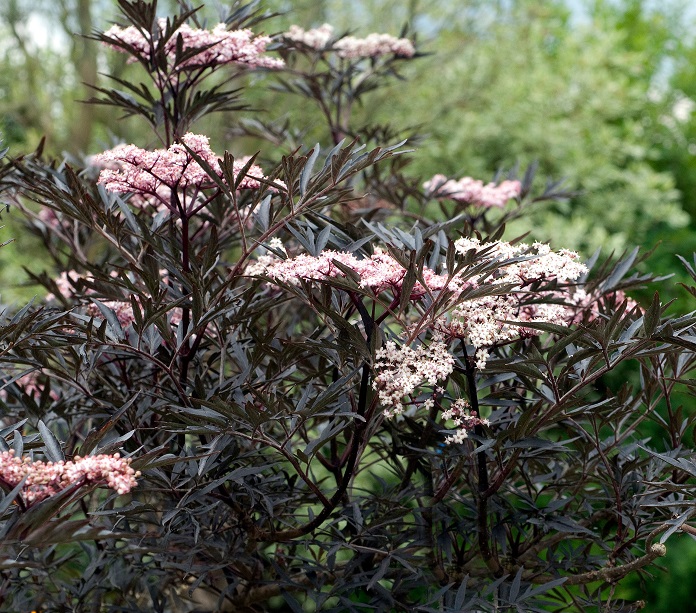
If you want an eye-catching contrast in leaf colour, choose what is known as black elder. It has almost black, lacy leaves and goes perfectly in a burgundy border. It also produces delicate pink flowers in May and June and blackish-red autumn berries.
Growing to around 3x2m, their light structure makes them brilliant companions for roses, perennials and white variegated shrubs. They grow on any soil, although this variety will do best in a sunny spot and need cutting back to ground level in spring to produce the best leaf colour.
You may also be interested in…
This article may include affiliate links to products and services where we may receive a small fee to support the running of this site if you make a purchase or is a sponsored article from one of our select editorial partners providing valuable advice and information to our readers.























































